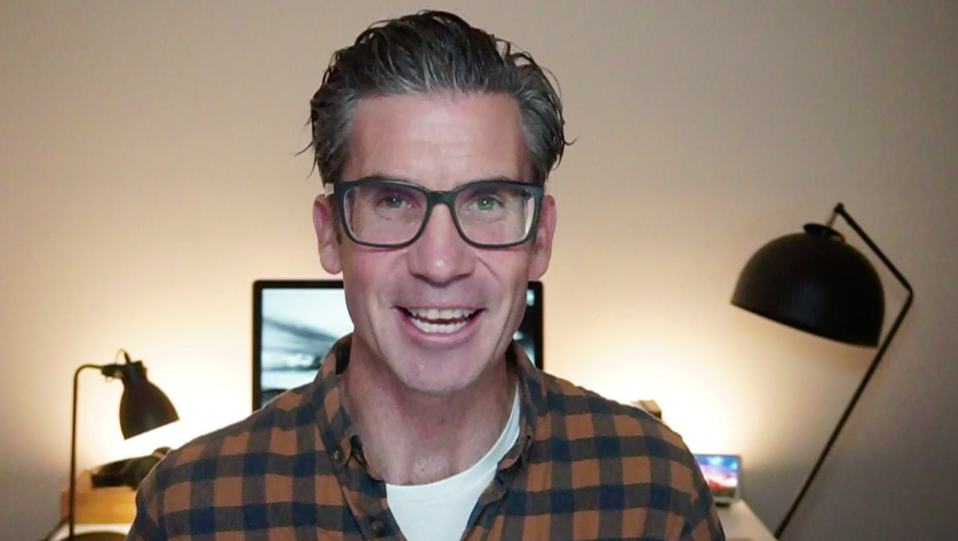
Can you believe that Brené Brown’s famous TED Talk on this very topic has just clocked up 10 years on YouTube?
We hear leadership gurus talk about vulnerability all the time, but rarely do we see leaders publicly embrace “uncertainty, risk, and emotional exposure,” as Brown puts it. Go figure!
But I do think the practice is becoming more prevalent at the smaller end of the market, with ‘local’ thought leaders and entrepreneurs – who are also active content creators and participants on social media – putting themselves out there a lot more online.
This is a good thing. Indeed, it’s very powerful!
From a personal branding perspective, exposing our thoughts and our flaws – becoming more vulnerable in our talks and presentations, in podcast interviews and in the content we produce – is a brilliant way to effectively connect emotionally with our audience.
And isn’t that the holy grail of personal PR and communications? Emotional connection and resonance?
Telling personal stories and articulating lessons learned are good ways to engage audiences.
That said, I don’t think many people would find this sort of thing easy, especially if it required them to expose the raw nerve of a shitty time in their life.
But there’s no denying, it works in terms of connecting and engaging with people at a deeper, potentially more visceral level, whether on-stage, on video or a podcast, or through the written word. The format doesn’t matter, but the content does. So too does the authenticity in which that content is delivered.
So, what does ‘personal brand’ vulnerability look like?
Here are some real-life examples that have recently caught my eye:
Acres of Diamonds (blog article by author and content strategist, Sonja Nisson)
- “A couple of years ago, I walked away from my business, Valuable Content, for good reason. If I’m honest, after 20 years of it, I’d lost my mojo. I’ve been on the hunt for fresh direction in my work ever since.”
- “It took time to un-learn my old habits and shed a lot of baggage that was pushing ‘anxiety’ to the top of my emotional hit parade. I had to learn how to stay centred and confident in stressful and emotional situations.”
(Mark discusses his vulnerability journey here)
- “For a long time I just avoided any kind of social situation, or hid behind the people I knew well. Eventually I found a workaround by becoming an odd, diluted, what-I-thought-was-socially-acceptable version of myself. Oh, and alcohol helped too.”
(I chatted to Eli about connection and community here)

I do a lot of work with Tristan White, founder of The Physio Co (pictured above).
I’ve watched him evolve from a workplace culture expert who was quite prescriptive with his systems and processes, to the more expansive personal leadership mentor he is today, someone who is connecting at a deeper level with his audience through his blog, podcast and Culture is Everything Club, an online membership community he launched last year.
Now that Tristan has started to open himself up a lot more publicly, so too the guests on his Think Big Act Small podcast, some of whom are also part of his online community; this in turn is making the show compelling listening for entrepreneurs and up-and-coming business leaders.
(Here is an example of Tristan using his personal story to make a point about the importance of leaders getting the balance right between empathy and accountability).
Personally, I could get a lot better at this whole vulnerability thing in my own content. I know it works: for example, this article I wrote – ‘How I went from nervous wreck to professional speaker’ – was well-received when first published.
What about you? Do you speak, or are you creating content? How much of yourself are you giving? How much vulnerability are you showing?
Feature photo by Caleb Woods on Unsplash
Banner photo by chester wade on Unsplash



Leave a Reply